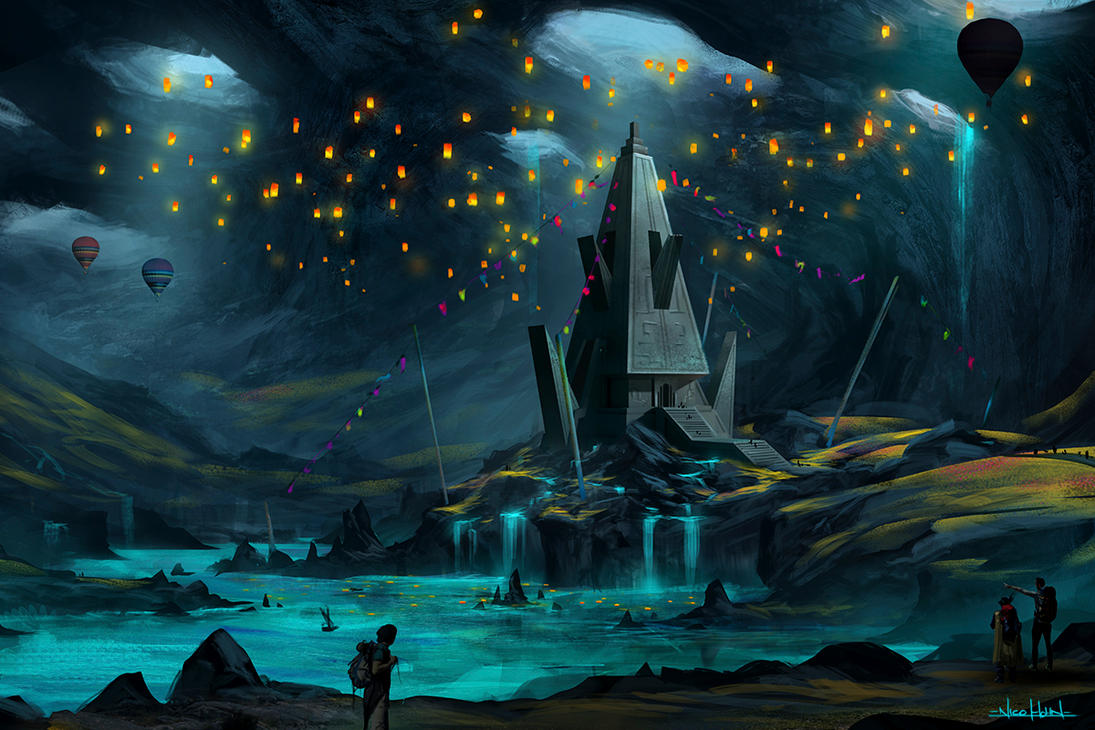 |
| Image Source: https://lordoguzhan.deviantart.com/art/Perselia-and-the-Festival-of-the-Stars-751144027 |
F is for Festival
Festivals are, broadly, celebrations of religious holy days, or other significant and important dates. They are often celebrated through feasting, music, ritual, ceremonies, and/or other observances. Festivals for patrons may be times when the patron's followers are required to enact a certain ritual during a cosmic event such as an alignment or solstice. Religious holy days commemorate the important events within the religion and/or the life of the deity. While many festivals are celebratory some may be sombre occasions, or may be preceded by fasting or other periods of denial.
Table F1: Duration of Festival (roll 1d6)
- 1d3 days (calendar)
- One day (sunrise to sunset)
- One full day (calendar, sunrise to sunrise)
- One night (sunset to sunrise)
- 2d4 nights (observances only after sunset)
- 2d3 significant hours (e.g. the hours around midnight, sunrise, the solstice, etc.)
Table F2: Purpose of Festival (roll 1d3 and 1d3)
- Remembrance of...
- a significant battle
- the death of a saint
- one's ancestors or dead relations
- Celebration of...
- a miracle
- a major celestial event
- a saint (birth, canonization, etc.)
- Observance of...
- Harvest Season
- New Year
- Planting/Spring
Table F3: Festival Focus (roll 1d8 twice and combine)
- Food
- Drink
- Music
- Dancing
- Contemplation of religious teachings/writings
- Ritual Sacrifice (see S if for Sacrifice)
- Games or contests
- Reflection on the meaning of the festival
Table F4: Prohibited Conduct (roll 1d6)
- Overindulging
- Singing
- Working during the festival
- Preparation of food during the evening hours
- Consumption of food during the daylight hours
- Consumption of a specific substance
Table F5: Festival Accoutrements (roll 1d4)
- None
- Specific style of dress (e.g. traditional, costumes, lack of clothing, etc.)
- Symbolic Decoration (e.g. use of decorated eggs to symbolize the changing of winter to spring)
- Iconic Decorations (e.g. images of ancestors/relatives, Idols of a Deity, etc.)

No comments:
Post a Comment